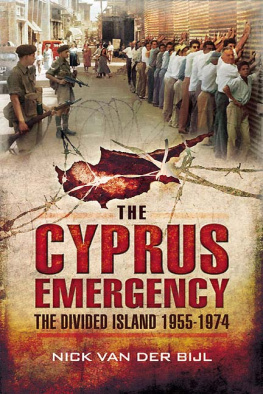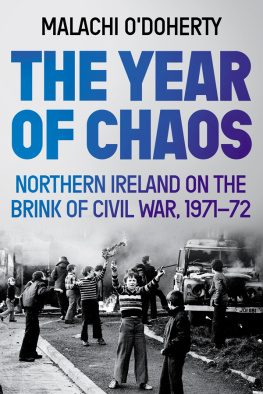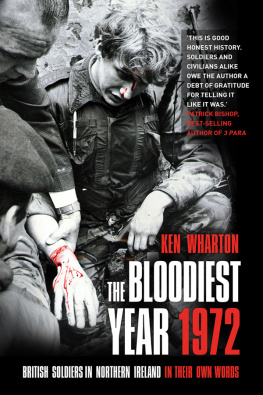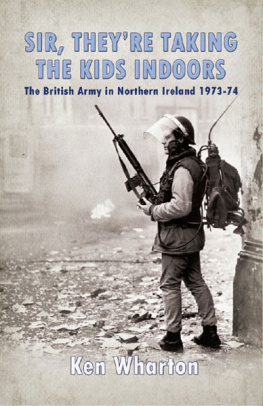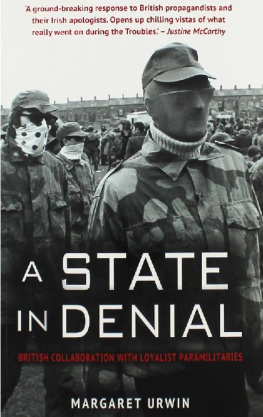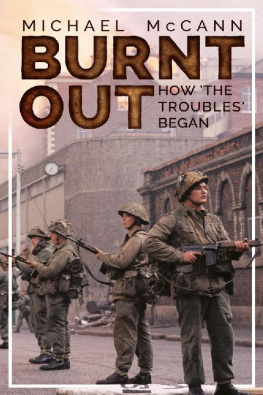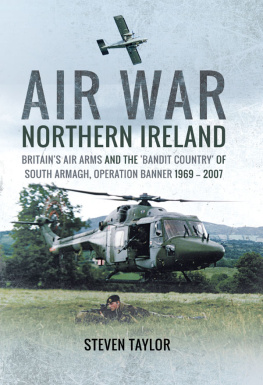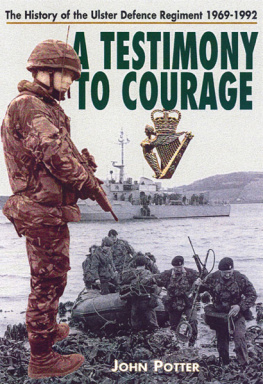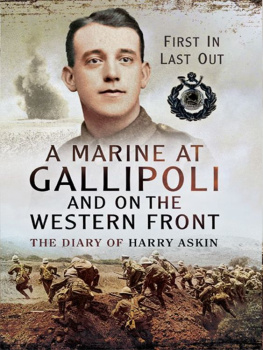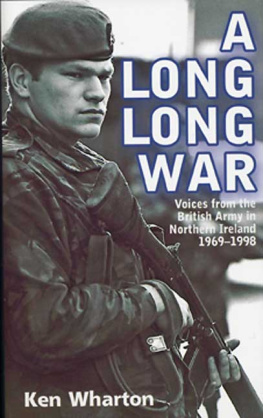First published in Great Britain in 2009 by
Pen & Sword Military
an imprint of
Pen & Sword Books Ltd
47 Church Street
Barnsley
South Yorkshire
S70 2AS
Copyright Nick van der Bijl, 2009
ISBN: 978 1 84415 956 7
EPUB ISBN: 978 1 78159 926 6
PRC ISBN: 978 1 78159 927 3
The right of Nick van der Bijl to be identified as Author of this Work
has been asserted by him in accordance with the
Copyright, Designs and Patents Act 1988.
A CIP catalogue record for this book is
available from the British Library.
All rights reserved. No part of this book may be reproduced or transmitted in
any form or by any means, electronic or mechanical including photocopying,
recording or by any information storage and retrieval system, without permission
from the Publisher in writing.
Typeset in Sabon by Lamorna Publishing Services.
Printed and bound in England by MPG Books Group.
Pen & Sword Books Ltd. incorporates the imprints of
Pen & Sword Aviation, Pen & Sword Maritime, Pen & Sword Military,
Wharncliffe Local History, Remember When Publications,
Pen & Sword Select, Pen & Sword Military Classics and Leo Cooper.
For a complete list of Pen & Sword titles please contact
PEN & SWORD BOOKS LIMITED
47 Church Street, Barnsley, South Yorkshire, S70 2AS, England
E-mail:
Website: www.pen-and-sword.co.uk
THIS BOOK IS DEDICATED TO THE WIVES, PARENTS, BROTHERS AND SISTERS AND FAMILIES OF THE MEN AND WOMEN OF THE ARMED FORCES WHO SERVED IN NORTHERN IRELAND. THEY ARE A VERY SPECIAL GROUP OF PEOPLE. SOME LIVED IN NORTHERN IRELAND UNDER DIFFICULT CONDITIONS.
ALL WERE BRAVE, DIGNIFIED AND VERY SPECIAL.
Acknowledgements
Northern Ireland is still a sensitive subject for those associated with the campaign across the water. When I set out to write this snapshot of Operation Banner, I decided to research as far as possible public sources; however histories relating to the security forces are few. There were several acquaintances, friends and colleagues who also contributed and to them I am most grateful. Some did not wish for their identities to be divulged. I am most grateful to Jonathan Lee, Harry Long, Shaun Metcalfe, Roy Millard, Rob Millington, Jeff Niblett, Brigadier Andrew Parker-Bowles, Tom Priestley, Stuart Small and Major Gerry Webb for their contributions and to John Triggs of D Squadron The Household Cavalry Association and the Royal Signals Archives.
The CAIN Web Service (Conflict Archive on the Internet) listing details of the conflict and politics in Northern Ireland was invaluable. As to military material, David Barzilays volumes on The British Army in Ulster and Michael Dewars The British Army in Northern Ireland set the military scene. Operation Banner; An Analysis of Military Operations in Northern Ireland ordered by General Mike Jackson, when he was Chief of the General Staff, was invaluable although I am not convinced the authors realized just how difficult the campaign was in the early years. Ken Whartons A Long, Long War is essential reading for anyone studying Operation Banner. Northern Ireland is part of our modern military history and I hope that the regiments and corps that fought over the water now begin to include it in some detail in military histories. They have nothing to fear. My principle source in describing the IRA and its factions is Ed Molloys excellent History of the IRA and Tony Geraghtys The Irish War. At last, someone has exposed the culture and ideology of the Provisional IRA, as opposed to that wrapped up in folk songs and poems.
This can only be a brief account of the longest operation that the Armed Forces have undertaken in modern times the defence of Great Britain in Northern Ireland. It is not a history; never really in the public mindset after 1970 and less so today, except for those soldiers, sailors and airmen and their families who live with the consequences of frequent tours, death and destruction and days of uncertainty. In the early years, it was a difficult campaign and then, after 1990, a sideshow to events in the former Yugoslavia, Sierra Leone, the Middle East and Afghanistan. Sent to support Stormont, the Armed Forces found themselves engaging Irish Nationalist insurgency and forced them into a ceasefire in 1974. When the extremists then embarked on a terrorist campaign to create a Marxist state in Great Britains back door, the Armed Forces contained them until a political solution was first engineered by Prime Minister Major. A problem for the Armed Forces was that although they had successfully dealt with similar campaigns since 1945, Northern Ireland was within easy reach of politicians, judges, policemen and editors in London. The fact is that the IRA badly miscalculated their military abilities and then persisted in terrorism that achieved very little except an invitation to negotiate; an invitation that had first existed in 1970. One wonders whether the current tranquillity in Ulster is merely an interval.
Photographs listed as authors collection are mostly briefing and training aids used in Northern Ireland, their origins not known. I am grateful, as always, to Peter Wood, a former Royal Engineer, for compiling the maps and to John Noble for preparing the index and asking searching questions. I must also thank Brigadier Henry Wilson, the Commissioning Editor.
There is one other person who must be mentioned my wife, Penny. She also spent two long tours in Northern Ireland. She read the draft and asked searching questions.
The stresses and strains of Service families are frequently forgotten when their men and women go into action and it is therefore to them that I dedicate this book.
Nick van der Bijl
Somerset



